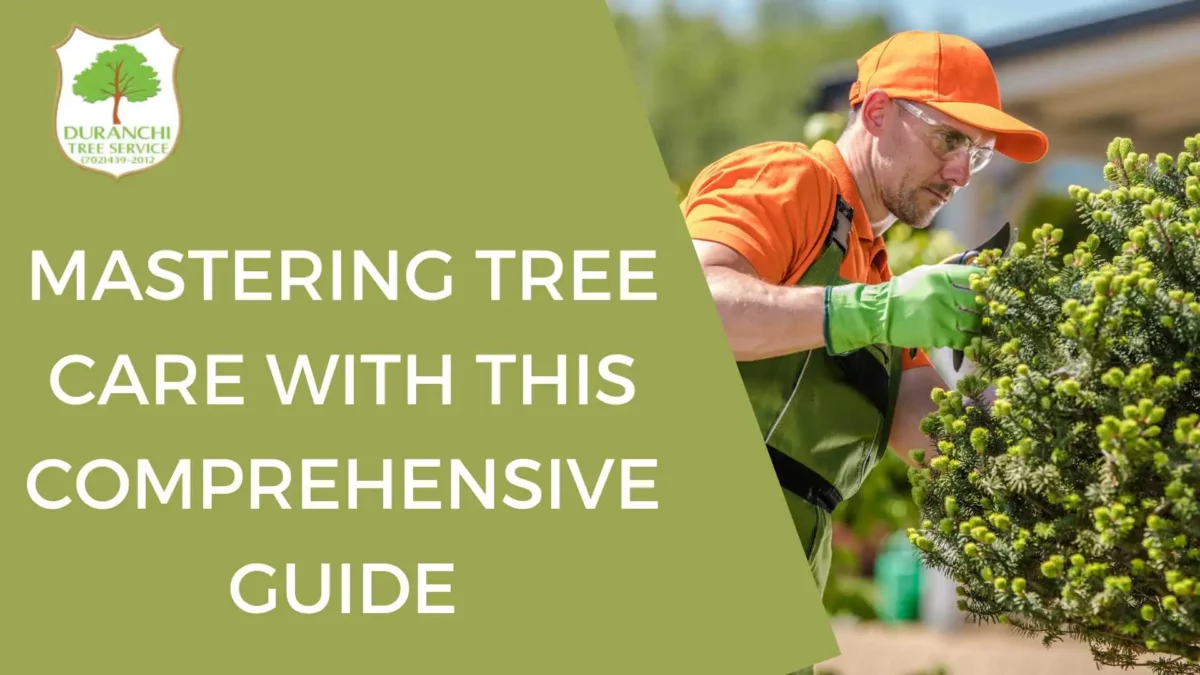
Your Green Oasis: Mastering Tree Care with this Comprehensive Guide
As homeowners, we often take the beauty and benefits of trees in our yards for granted. Trees not only enhance the aesthetics of our properties but also provide shade, clean air, and contribute to the overall well-being of our environment. However, to ensure that your trees thrive and continue to be a valuable asset to your home, proper tree care guide is essential. In this comprehensive guide, we will provide you with valuable tree care tips and insights to help you maintain the health and vitality of the trees on your property.
Why Tree Care Matters
Proper tree care is crucial for several reasons. First and foremost, healthy trees can increase the value of your property significantly. They provide shade, reducing your cooling costs in the summer, and act as a windbreak in the winter, lowering heating bills. Trees also play a vital role in reducing air pollution and providing oxygen.
Choosing the Right Trees for Your Property
Selecting the right trees for your yard is the first step in tree care services. Consider factors like soil type, climate, and available space. Native species are often the best choice as they are adapted to the local environment.
Planting Trees Correctly
Proper planting is critical to the long-term health of your trees. Dig a hole of the appropriate depth and width, and ensure the root ball is level with the ground’s surface. Water thoroughly after planting.
Watering Your Trees: Dos and Don'ts
Proper watering is essential for tree health. Water deeply but infrequently, allowing the soil to dry out slightly between waterings. Avoid shallow and frequent watering, as it can lead to root problems.
Fertilizing for Healthy Growth
Fertilizing provides essential nutrients for tree growth. Choose a balanced, slow-release fertilizer and apply it in the early spring. Avoid over-fertilizing, as it can harm the tree.
Pruning and Trimming Techniques
Regular pruning and trimming are necessary to remove dead or diseased branches and shape the tree. Prune in late winter or early spring before new growth begins.
Dealing with Common Tree Pests and Diseases
Keep an eye out for common pests and diseases such as aphids, scale insects, and powdery mildew. Early detection and treatment are key to preventing damage.
Protecting Trees During Construction
If you’re planning construction or landscaping projects, take steps to protect your trees’ roots and branches. Compacted soil and damage from machinery can harm the tree’s health.
Tree Removal: When and How
In some cases, best tree removal services may be necessary due to disease, damage, or safety concerns. Always consult with a professional arborist to assess the situation and perform safe tree cutting and removal services when needed.
Conclusion
In conclusion, proper tree care services at affordable price is essential for homeowners who want to enjoy the numerous benefits that trees offer. From choosing the right trees for your property to regular maintenance and addressing potential issues promptly, taking care of your trees can enhance your home’s value and contribute to a healthier environment. By following the tips outlined in this guide, you can ensure that your trees thrive and continue to beautify your property for years to come.
Frequently Asked Questions (FAQs)
For newly planted trees, water deeply once a week during the first growing season. Adjust the frequency based on local weather conditions and soil moisture.
It's best to prune trees in late winter or early spring before new growth begins. Pruning during the summer can stress the tree and make it more susceptible to diseases.
Watch for wilting leaves, unusual spots or discoloration, and the presence of pests like aphids or scale insects. If you notice any of these signs, consult with an arborist for proper diagnosis and treatment.
Transplanting a mature tree is possible but challenging. It's best to consult with an experienced arborist who can assess the tree's health and provide guidance on the feasibility of transplanting.
Professional tree removal services may be necessary if a tree is dead, severely diseased, leaning dangerously, or poses a threat to structures or safety. Always consult with an arborist to make an informed decision.



